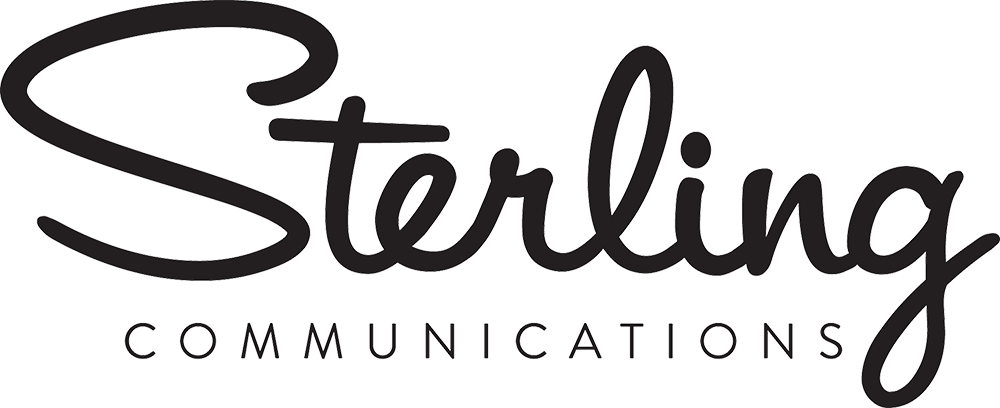“The human mind is a story processor, not a logic processor.”
— Jonathan Haidt
Human beings love stories. In fact, we may actually need them. To prove the point, ask anyone if they’ve seen a good movie or read a good book lately — and watch their face light up as they respond.
Why? Our collective instinct for story is a survival skill.
“Humans don’t have sharp fangs, thick hides or blinding speed; our evolutionary advantage has always been our problem-solving ability, and in particular, our ability to solve problems as a group,” writes UX strategist Carl Alviani. “This tendency to cooperate creatively at large scale … has featured prominently in every major advance we’ve made as a species … shaped by common goals shared by large numbers of people.”
Common goals, as we’re learning, are built with stories.
Storytelling Science
A well-told story causes a chemical reaction in the brain of the listener, releasing hormones that cause actual changes in behavior and emotion:
- Cortisol is produced when something warrants our attention (like the introduction of a threat or distress in a narrative), which helps us become aware and stay attentive.
- Dopamine is produced when we continue to follow the emotionally charged events in a story, which aids in an elaborate learning system that rewards us with feelings of pleasure.
- Oxytocin is produced when we identify with the protagonist of a story, which promotes prosocial and empathic behavior.
Turns out, a good story generates the neurotransmitters necessary first for awareness, then for arousal, and finally for empathy. Tell that story well enough, and your audience is paying attention, enjoying the experience, and has enough oxytocin to make the brain more receptive to feel trust. As myriad studies reveal, trust is even more important than facts in forging partnerships and securing allies to achieve goals.
What works for evolutionary success and the survival of our species also works for the evolution and survival of brands.
Whether you’re developing a personal brand or building your organization’s public presence, having a good story is a powerful way to win friends and influence people.
Helping to craft good stories with our clients is one of our favorite services at Sterling. Our process can take many forms, but it’s always revelatory — and generally a lot of fun. Here’s one exercise we sometimes use to help our clients frame what makes a good story:
Storytelling Exercise
Pretend you’re pitching a movie about yourself to a Hollywood studio. You have one sentence with 30 words to get the job done. It’s called a logline — the pitch before the elevator pitch — and it requires five elements:
- Protagonist — Who is the main character? An attribute must connect us to her, him, or it. (It’s probably you, but it could be your company, a technology, or something else in life.)
- Battle — What is the struggle? The verb must be visual and active. (This isn’t your whole life story, so something specific helps.)
- Antagonist — Who (or what) is trying to stop her, him, or it? The villain must matter. (This could even be a way of doing business, if needed.)
- Goal — What is worth fighting for? The prize must be worth more than the struggle. (You don’t have to have achieved the goal yet.)
- Stakes — What happens if she, he, or it fails? The potential pain must be real for the audience. (Even something like “total embarrassment” fits the bill.)
Here are three logline examples from films you may know:
- The aging patriarch of an organized crime dynasty struggles to transfer control of his clandestine empire to his reluctant son.
- A young FBI cadet must confide in an incarcerated and manipulative killer to win his help catching another serial killer who skins his victims.
- A cocky cop must prevent a bomb from exploding aboard a city bus by keeping its speed above 50 mph.
Storytelling Purpose
This exercise is not meant to hype you or your organization beyond recognition, nor to turn your best (or worst) moment into film fodder. Rather, it’s designed to help you discover how you might ignite that story-fueled chemical reaction as an entry point into important conversations. A foot in important doors. A voice at important tables.
Give it a try! And reach out to us at go@sterlingpr.com if you’d like to learn more about the power of good storytelling.

